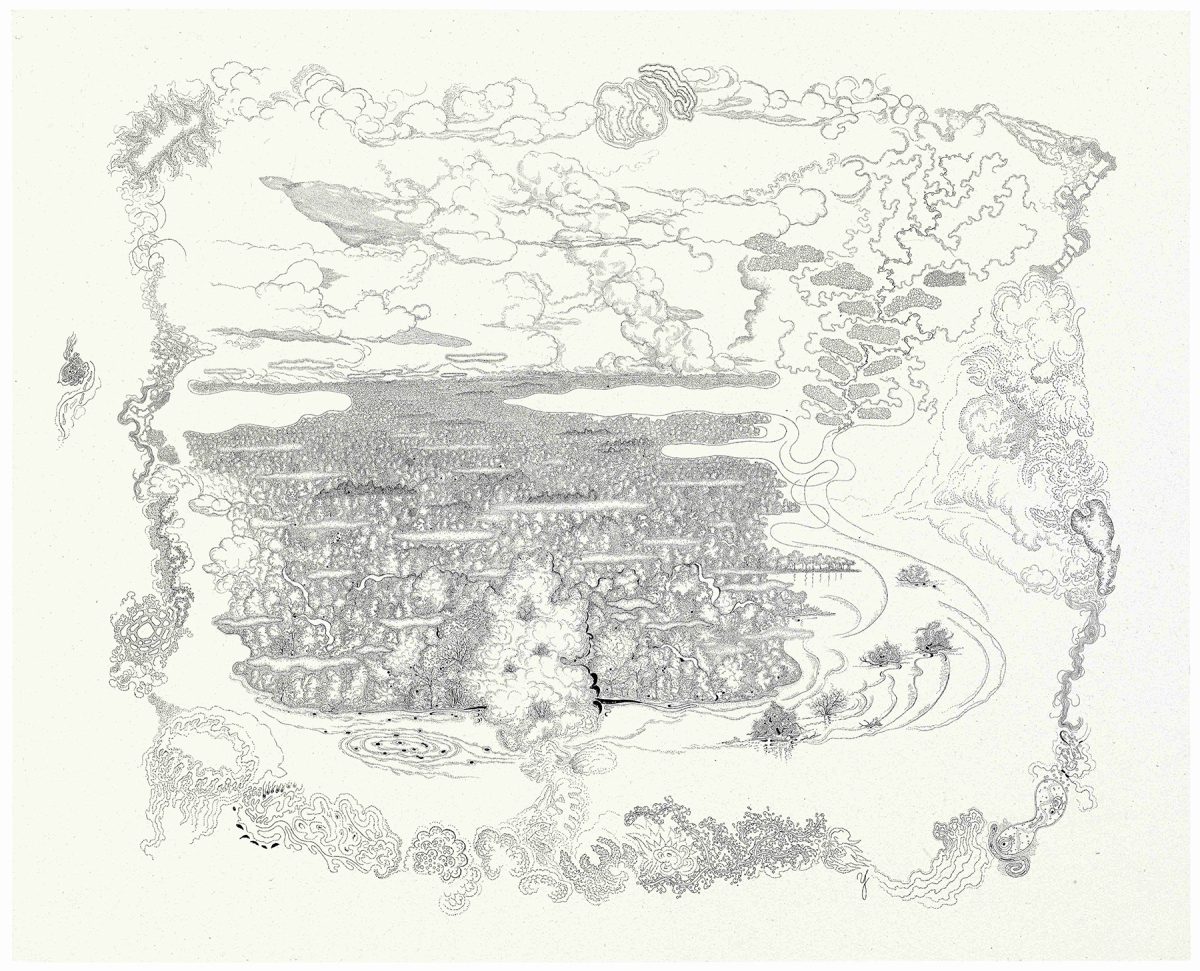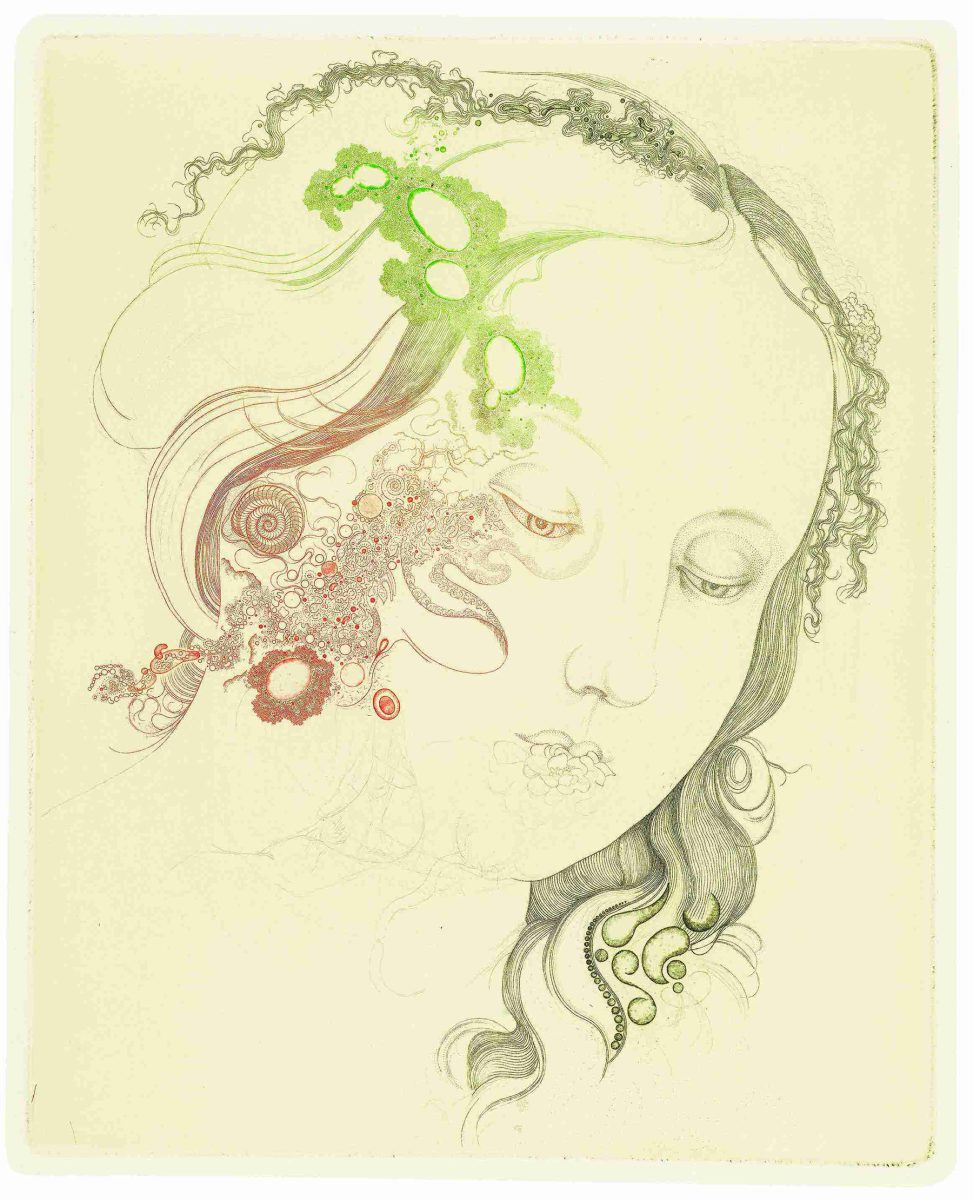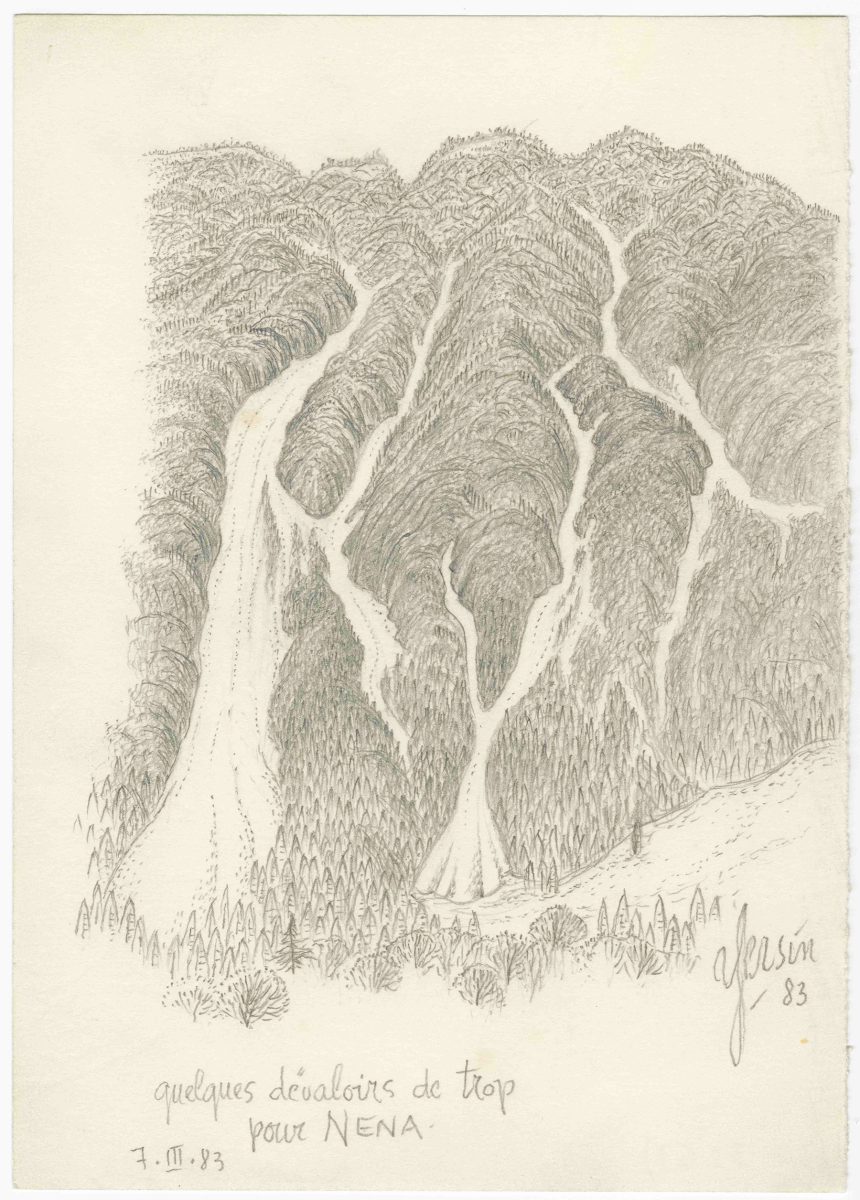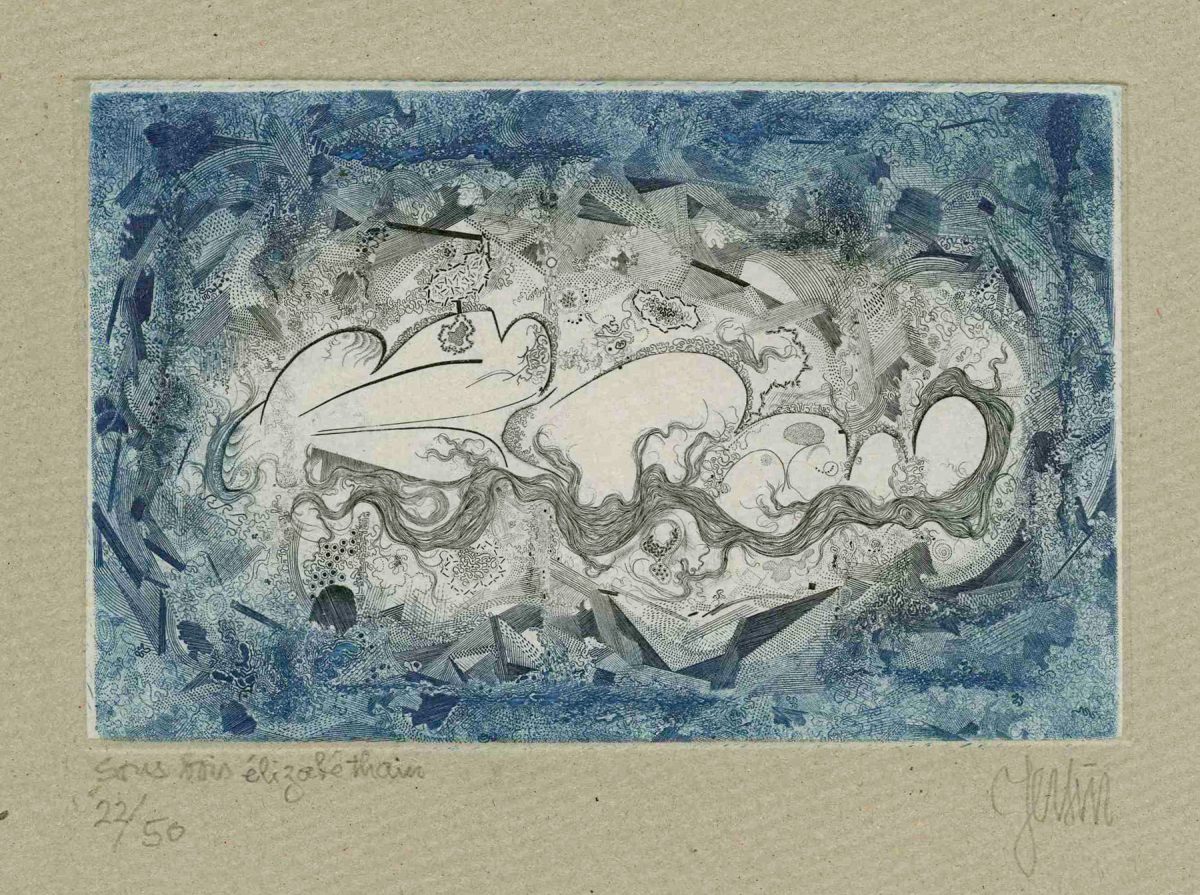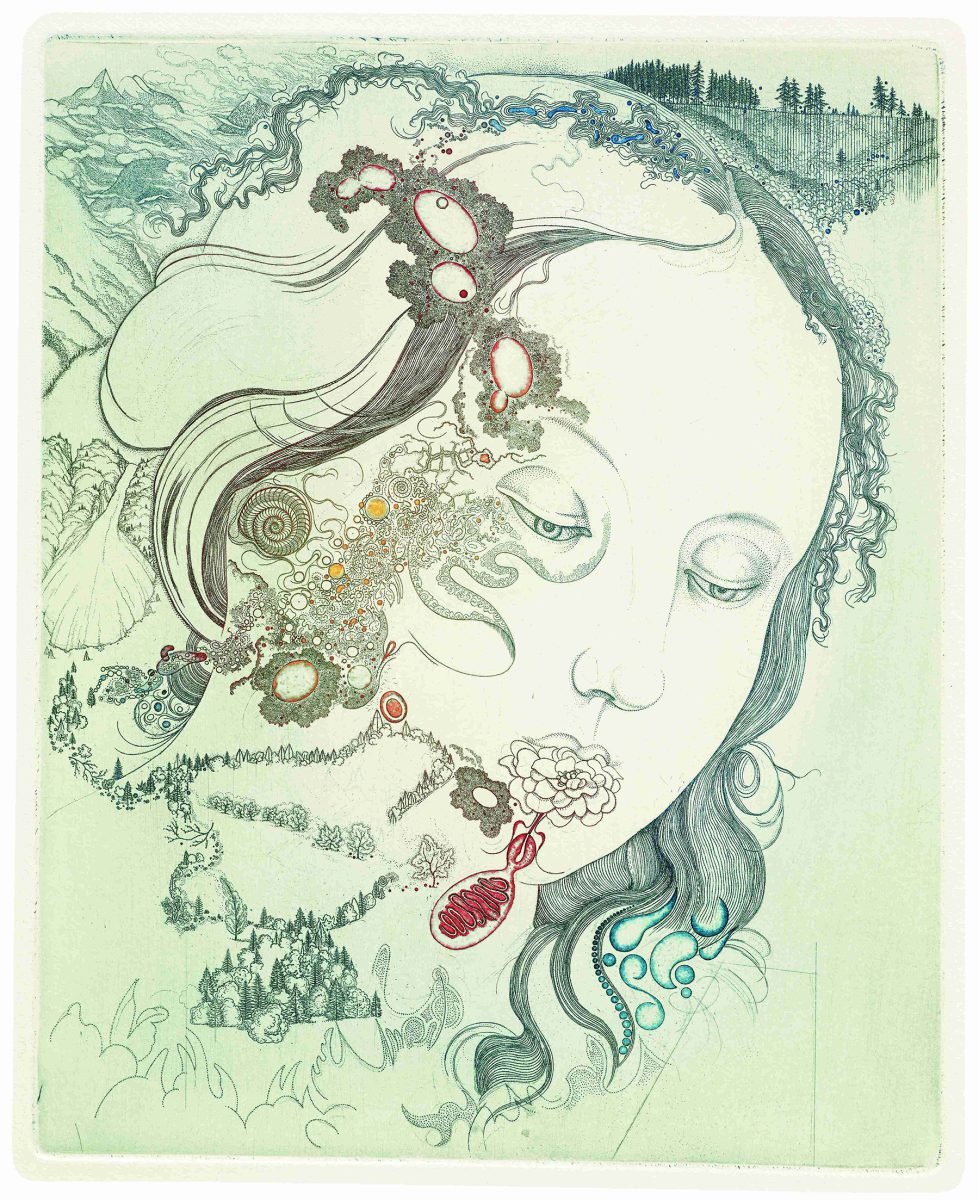An abiding promoter of the art of printmaking, Albert-EdgarYersin was the first artist in the canton of Vaud to have envisioned a Print Cabinet at the Musée Jenisch Vevey. In 1942, Yersin founded the Tailles et Morsures group. Then, in 1949, along with Albert Flocon and Gaston Bachelard, he founded the Graphies group. As a teacher of engraving at the École des Beaux-Arts in Lausanne, he passed on his passion to a number of students who, with his support, went on to create the L'Épreuve group and then the Atelier de Saint-Prex. Within this framework, Yersin encouraged the vocation of countless young artists. Later, with the help of Pietro Sarto and Michel Duplain, he would print his first colour engravings. The Fondation William Cuendet & Atelier in Saint-Prex has more than 460 works by Yersin in its collection. Around a hundred works entered the Atelier de Saint-Prex as a legal deposit at the end of the 1990s, while others come from the collection known as "Henriette's box," a body of 55 of his finest prints and drawings that he left to his partner, the photographer Henriette Grindat.
After losing his father at an early age, Albert-Edgar Yersin endured nomadic childhood that took him from the United States to Santiago de Chile, where he received his first real artistic education. He later studied architecture in New York, but soon abandoned this in favour of studying graphic design at the Pratt Institute in Brooklyn. He moved to Paris in 1927, where he continued his training at the Académie Colarossi, and began taking part in group exhibitions. Particularly significant for Yersin was the year 1933, which saw both his introduction to printmaking and his move to Switzerland. Living in the canton of Vaud from 1939 onwards, Yersin established himself as a leading figure of Swiss printmaking. In the late 1940s he also began painting and sculpting, and he regularly exhibited his work in museums and galleries. In 1993, the Musée de l'Elysée in Lausanne held a major retrospective of his work.
While Yersin's first engravings of the 1930s consisted mainly of landscapes and urban views, from the 1940s onwards, in conversation with his friend Albert Flocon, he moved away from figuration to experiment with a kind of symbolist abstraction. He also expanded his material process beyond engraving with burin, ultimately combining all kinds of printed techniques. A highly personal syntax gradually emerged, giving rise to images that suggest complex microcosms, combining both figurative and abstract elements. Driven by a passionate curiosity, Yersin continually renewed his approaches to printmaking. This experimental drive was most evident in his studies of lithography in the 1960s, as well as his use of colored prints made with the copper plate.
